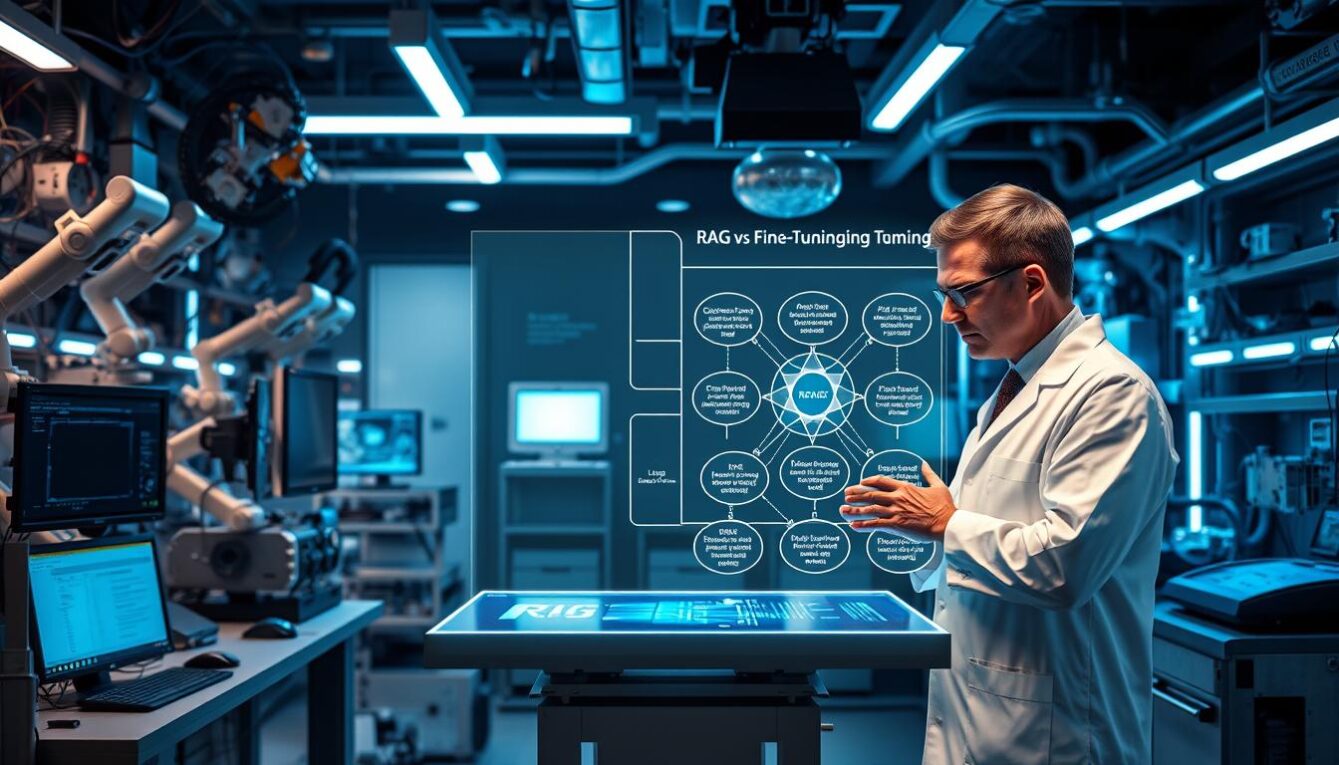Automation testing in DevOps===
DevOps revolves around a culture of collaboration, communication, and continuous improvement in software development and delivery. To achieve this, automation testing is crucial in DevOps. It helps to enhance the quality of software, reduce the time and cost involved in testing, and ensure consistency in testing processes.
===Why automation testing is crucial in DevOps===
Manual testing can be time-consuming, expensive, and error-prone, especially in large-scale software development projects. Automation testing helps to overcome these challenges and enables teams to test the software more efficiently and effectively. Moreover, it provides a way to test the software continuously throughout the development lifecycle, ensuring that defects are detected and fixed early.
===Benefits of automation testing in DevOps===
Automation testing has numerous benefits in DevOps. First, it helps to reduce the time and cost involved in testing. Second, it enables teams to test the software more frequently and thoroughly, ensuring higher quality. Third, it provides a way to test the software consistently, ensuring that the same tests are run every time. Fourth, it helps teams to detect defects early, reducing the cost of fixing them later. Finally, it helps to improve communication and collaboration between different teams involved in software development and delivery.
===How automation testing speeds up delivery===
Automation testing speeds up software delivery by enabling teams to test the software more efficiently and effectively. It provides a way to test the software continuously throughout the development lifecycle, ensuring that defects are detected and fixed early. This helps to reduce the time and cost involved in testing. Additionally, automation testing enables teams to release software more frequently, as they can test it quickly and reliably. This, in turn, allows them to respond to customer feedback more quickly and effectively.
===Types of automation testing frameworks===
There are different types of automation testing frameworks available, including data-driven, keyword-driven, behavior-driven, and hybrid frameworks. Data-driven frameworks focus on testing different data sets with the same test script. Keyword-driven frameworks enable teams to use keywords to describe different actions and assertions. Behavior-driven frameworks focus on testing the behavior of the software, while hybrid frameworks combine different types of frameworks.
===Setting up a scalable automation testing framework===
To set up a scalable automation testing framework, teams need to consider factors such as the type of application being tested, the required testing coverage, the complexity of the test scenarios, and the available resources. They can use tools and frameworks that enable them to create and maintain test scripts, automate test execution, and generate test reports. Additionally, they need to ensure that the framework is scalable, so it can handle large-scale testing and accommodate changes in the application under test.
===Continuous integration and automation testing===
Continuous integration (CI) is a DevOps practice that involves integrating code changes into a shared repository frequently. Automation testing can be integrated with CI to enable teams to test the software continuously throughout the development lifecycle. This ensures that defects are detected and fixed early, reducing the cost of fixing them later. Additionally, it helps to ensure that the software is always in a releasable state, enabling teams to release it more frequently.
===Test automation in continuous delivery pipelines===
Continuous delivery (CD) is a DevOps practice that involves continuously delivering software changes to production. Test automation can be integrated with CD to enable teams to test the software automatically and continuously. This ensures that defects are detected and fixed early, reducing the cost of fixing them later. Additionally, it helps to ensure that the software is always in a releasable state, enabling teams to release it more frequently.
===Best practices for automation testing in DevOps===
Some best practices for automation testing in DevOps include starting early, testing continuously, using the right tools and frameworks, maintaining good documentation, involving all stakeholders in the testing process, and monitoring and analyzing test results. Additionally, teams need to ensure that their testing processes are consistent and repeatable, so that the same tests are run every time.
===Challenges of automation testing in DevOps===
Some challenges of automation testing in DevOps include managing test data, handling test scripts, ensuring the reliability of tests, identifying and fixing defects, and integrating with different tools and frameworks. Additionally, teams need to ensure that their testing processes are scalable and can handle changes in the application under test.
===Overcoming bottlenecks in automation testing===
To overcome bottlenecks in automation testing, teams need to identify the root causes of the bottlenecks and take appropriate actions. For example, they can optimize test suite execution by using parallel testing, prioritize tests based on their importance, and automate test data generation. Additionally, they can ensure that their testing processes are efficient and effective by using the right tools and frameworks and involving all stakeholders in the testing process.
===Adopting automation testing in DevOps organizations===
To adopt automation testing in DevOps organizations, teams need to start with a pilot project and gradually scale up. They need to involve all stakeholders in the testing process and ensure that their testing processes are consistent and repeatable. Additionally, they need to use the right tools and frameworks and ensure that their testing processes are scalable and can handle changes in the application under test.
===Future of automation testing in DevOps===
The future of automation testing in DevOps is bright. With advancements in artificial intelligence and machine learning, automation testing is becoming more intelligent and efficient. Additionally, the adoption of cloud computing and containerization is enabling teams to test the software more easily and at scale. Moreover, the integration of testing with CI/CD pipelines is becoming more seamless, enabling teams to test the software continuously throughout the development lifecycle.










